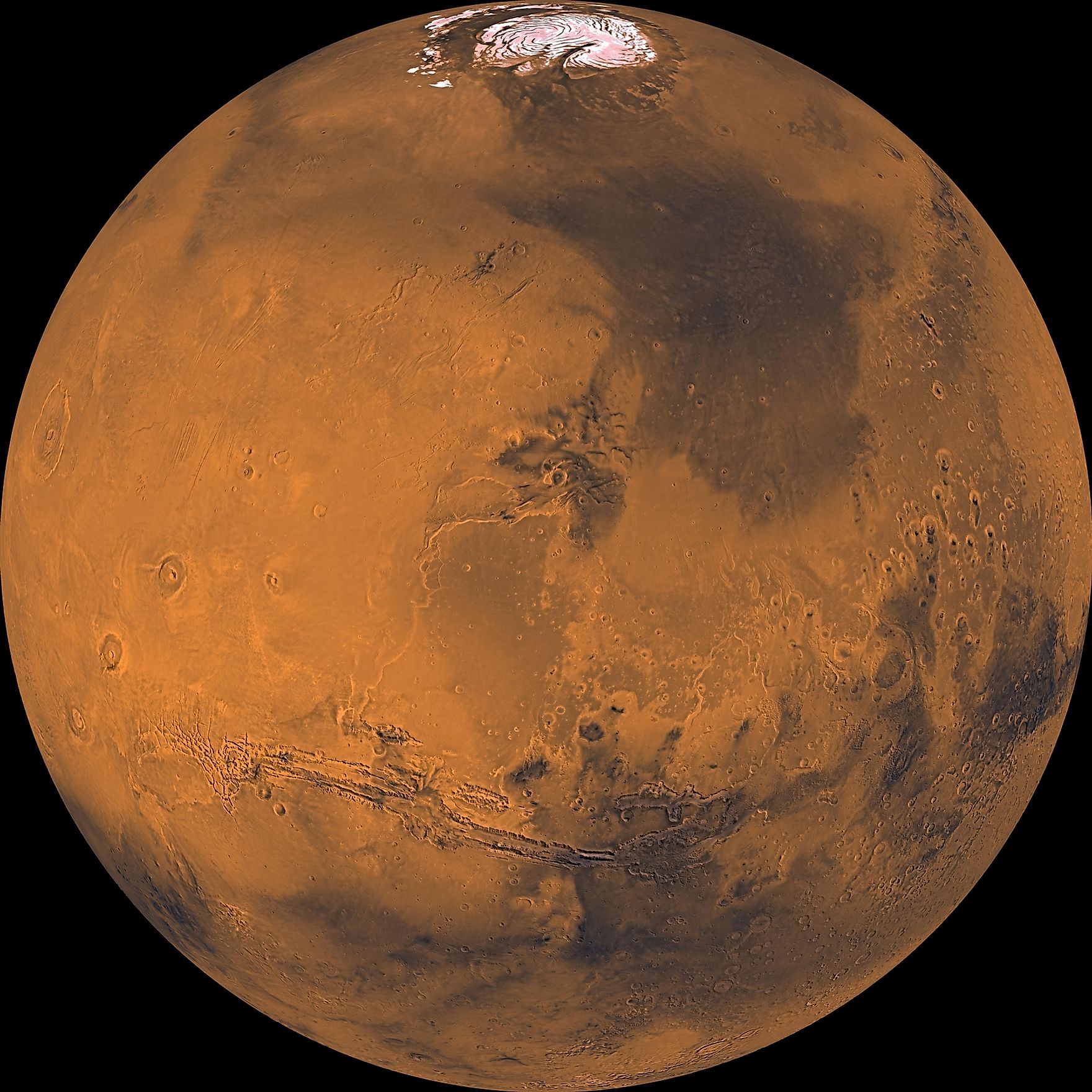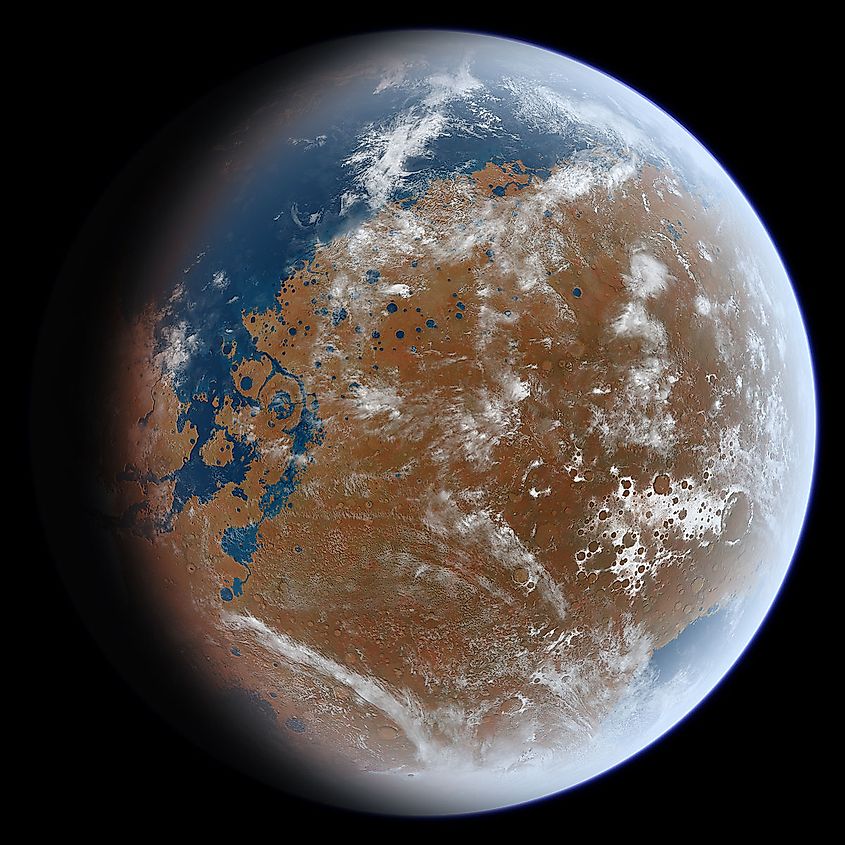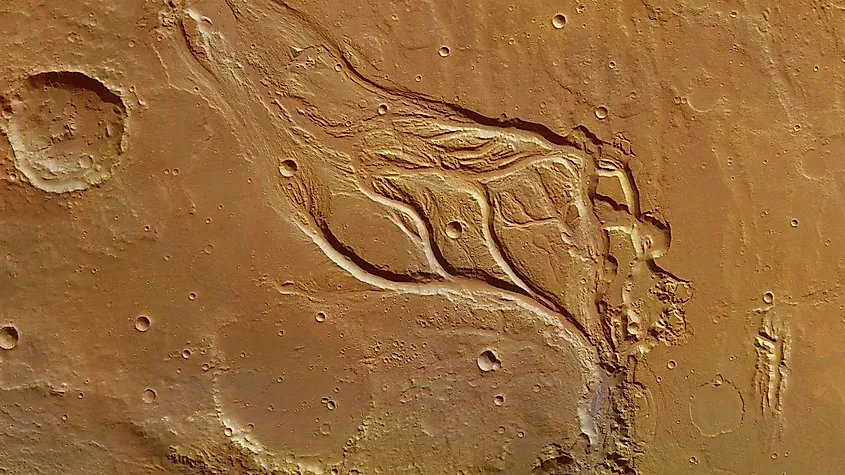
Scientists Find Evidence Of Ancient Ocean On Mars
Today, Mars is a dry, barren world, yet things were not always this way. Billions of years ago, Mars looked a lot more like Earth than it currently does. The atmosphere was thicker and contained high amounts of oxygen, temperatures were far warmer, and liquid water flowed across the surface. Although it has been known for years that Mars once contained vast amounts of liquid water, scientists have long debated whether it had any large oceans. A recent study on the topography of Mars suggests that the Red Planet was in fact home to a massive ocean around 3.5-billion years ago.
Topography of Mars

The study, led by geoscientist Benjamin Cardenas, used both the topography of Mars and buildup of sediment to determine whether or not an ocean once existed. The research looked at a specific region called Aeolis Dorsa. This region separates the Martian lowlands and highlands, and topographical evidence shows the existence of an ancient shoreline. In addition to topography, researchers also looked for buildups of sediment. Here on Earth, the history of waterways and oceans can be studied by examining where sediment has been deposited throughout history. Rivers and oceans can transport vast amounts of sediment over time, and so by examining where sediment is deposited, scientists can understand the history of bodies of water and the planet. For Mars, researchers simply applied what has been done on Earth and looked for any sediment deposits that would have been caused by an ocean. Researchers discovered a vast deposit of sediment that stretches hundreds of thousands of square miles and is over 3,000 feet thick (900 meters).
Prospects for Life

The existence of oceans on Mars furthers the desire to look for any evidence of past or current forms of life on Mars. The presence of such a large body of water shows that Mars was once a warm, habitable world. Furthermore, the transport of sediment through changing tides and sea levels suggest that nutrients were also transported, a necessity for any living organism. The search for life beyond Earth relies on finding evidence of water, and there is now evidence that Mars was home to gigantic bodies of water that were rich in nutrients and energy. Mars was once home to all of the necessary conditions for the formation and evolution of life, increasing the prospects for finding life beyond Earth.











